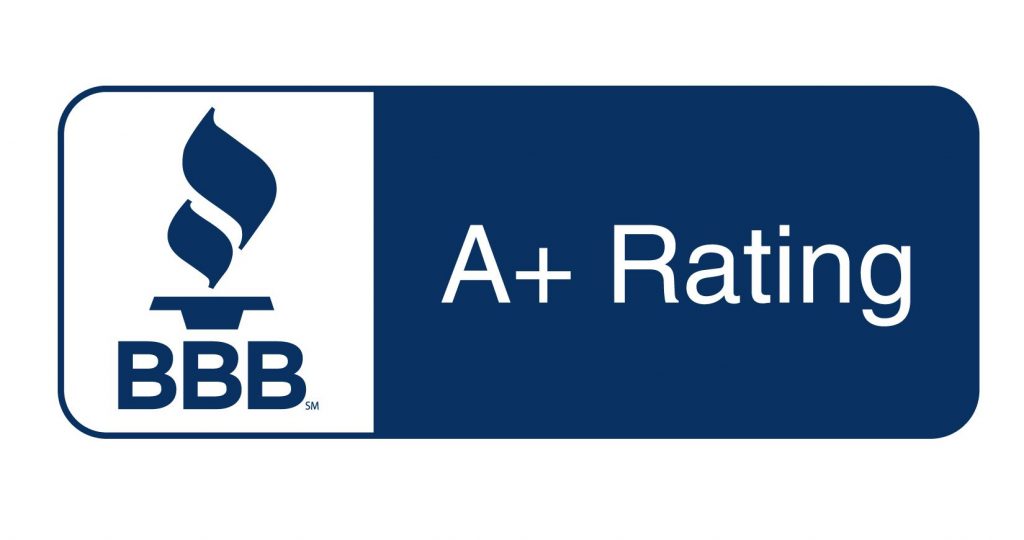The Medicare Annual Enrollment Period (AEP) starts on October 15 and ends on December 7 each year. During this time, those eligible for Medicare can enroll in, change or disenroll from a Medicare Advantage plan (also known as Medicare Part C) or a Part D prescription drug plan. For some Medicare members, this is the only time to change your plan unless you qualify for a Special Enrollment Period (SEP) or the Medicare Advantage Open Enrollment Period.
Changes you make during this period will become effective on January 1 of the following year.
Existing Plans
If you are enrolled in a Medicare health or drug plan, your plan will provide you with materials like the Annual Notice of Change (ANOC) and Evidence of Coverage (EOC) every year. Be sure to review these documents to understand what changes, if any, will be made to your current plan in the upcoming year. Changes may be made to one or more of the following:
- Services covered by the plan
- Monthly premium amount
- Out-of-pocket costs such as copays or coinsurance
- Network of providers
- Network of pharmacies
- Drugs covered by the plan
You may also want to review your healthcare needs, including any prescription drugs that you take, to decide if your plan is still the best fit for you. If it is and the plan is still being offered, you don’t need to do anything. You will automatically remain enrolled for the following year.
Plan Options
In the fall, all Medicare health and drug plans share information on the plans available for the upcoming year. If you want to change your existing coverage, you can view all the health and drug plans that are available to you by going to www.medicare.gov.
In addition to comparing the coverage and cost information for the available plans, the Annual Enrollment Period is also when you can review the star rating for each plan as determined by the Centers for Medicare and Medicaid Services (CMS).

What Are STAR Ratings?
When the Medicare Modernization Act of 2003 became law, CMS created a way to measure the quality of all Medicare Part C and Part D plans. This system measures each plan on various quality measures and assigns an overall score for each plan from 1 star (lowest) to 5 stars (highest). CMS reviews the performance of all plans every year and releases star ratings each October in time for the Annual Enrollment Period. Keep in mind that plan ratings change from year to year.
Medicare sign-up: What you can’t do
The annual Medicare open enrollment period does not apply to Medigap plans, which are only guaranteed issues in most states during a beneficiary’s initial enrollment period, and during limited special enrollment periods.
If you didn’t enroll in Medicare when you were first eligible, you cannot use the fall open enrollment period to sign up. Instead, you’ll use the Medicare general enrollment period, which runs from January 1 to March 31.
Medicare’s general enrollment period is for people who didn’t sign up for Medicare Part B when they were first eligible, and who don’t have access to a Medicare Part B special enrollment period. It’s also for people who have to pay a premium for Medicare Part A and didn’t enroll in Part A when they were first eligible.
If you enroll during the general enrollment period, your coverage will take effect on July 1.
I currently have a Medicare Advantage plan (Part C) with built-in drug coverage.
- Switch from your current Medicare Advantage plan to another Medicare Advantage plan with or without built-in drug coverage.
- Drop your Medicare Advantage plan and go back to Original Medicare.
- Join a stand-alone Medicare prescription drug plan if you go back to Original Medicare or if you switch to a Medicare Advantage plan that does not include drug coverage.
- Drop Medicare prescription drug coverage completely. Note that you may be charged a penalty if you decide you want drug coverage again later.
- Make no changes and your current coverage will renew as is.
I currently have a Medicare Advantage plan (Part C) and a stand-alone Medicare prescription drug plan (Part D).
- Switch from your current Medicare Advantage plan to another Medicare Advantage plan with or without built-in drug coverage.
- Switch from your current Medicare prescription drug plan to another Medicare prescription drug plan.
- Drop your Medicare Advantage plan and go back to Original Medicare.
- Drop Medicare prescription drug coverage completely. Note that you may be charged a penalty if you decide you want drug coverage again later.
- Make no changes and your current coverage will renew as is.
AEP is also a great reminder to review your Medicare plan each year so you can make sure you have the coverage you need going forward.





